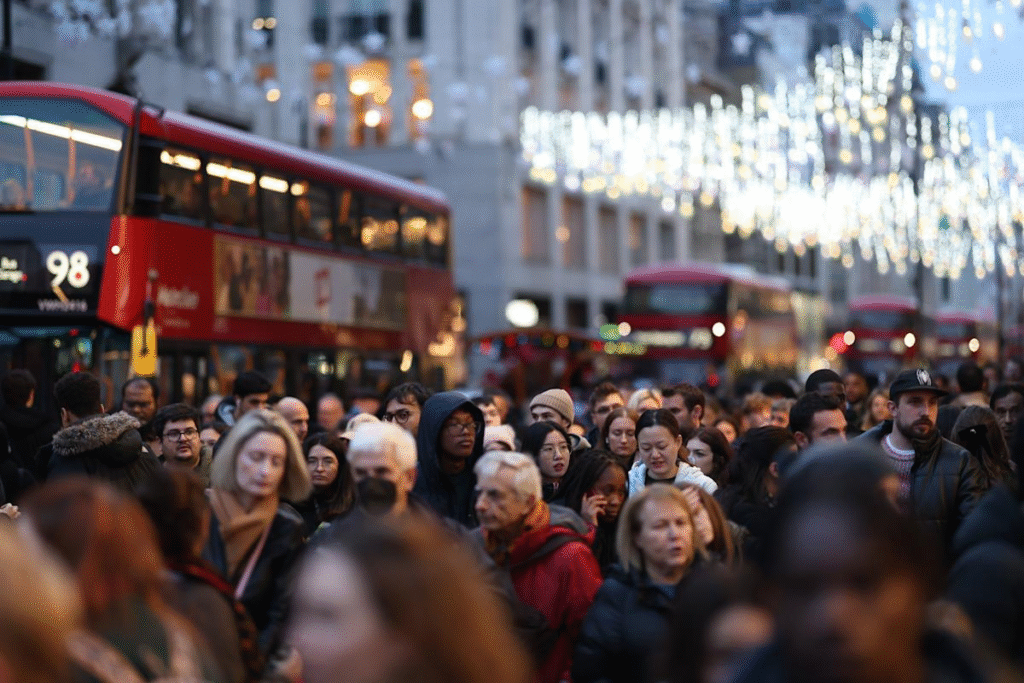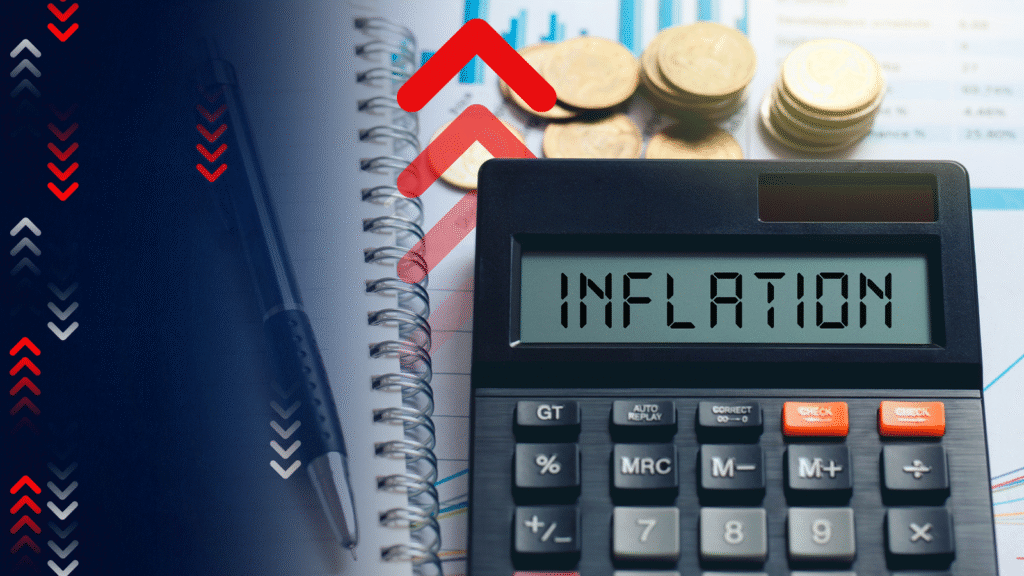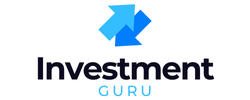Money is the fuel that keeps every economy moving. It allows people to buy goods, businesses to invest, and governments to provide services. But just like a car engine, too much fuel can flood the system, while too little can cause it to stall. If there is too much money in circulation, prices rise quickly and people lose trust in the currency. If there is too little, businesses struggle, jobs disappear, and growth slows down.
This is where central banks step in. A central bank is not like your local bank where you deposit your paycheck. It is the main financial authority of a country, responsible for keeping the economy stable. In the United States, it’s the Federal Reserve. In Europe, it’s the European Central Bank. In the UK, it’s the Bank of England. Every major economy has one.
Their job is not to print unlimited amounts of money. Instead, they carefully adjust how much money is flowing through the system. They do this to balance three big goals: keeping prices stable, supporting jobs, and protecting the financial system from shocks. In this article, we’ll break down how central banks control the supply of money, the tools they use, and why their actions affect everything from your credit card interest rate to the price of groceries.
Table of Contents
What Is the Money Supply?
The term money supply simply means the total amount of money available in an economy at a given time. Think of it as all the cash in people’s wallets, the deposits sitting in checking accounts, and even the savings stored in banks. Economists divide the money supply into a few categories to make it easier to measure:
- M1 – This is the narrowest measure. It includes physical currency like coins and paper bills, plus money in checking accounts that can be spent immediately.
- M2 – This includes everything in M1, but also adds savings accounts, money market accounts, and small certificates of deposit. M2 is often used as the main measure of money supply because it shows not just what people can spend right now, but also what they could access quickly if needed.
- M3 – A broader category that adds large deposits and institutional funds. Not all countries track M3, but it can give a bigger picture of money in the system.
Why does this matter? Because the money supply directly affects the health of the economy.
- When the supply of money grows too quickly, people have more to spend, but goods and services don’t always grow at the same pace. This leads to inflation, where prices rise and the value of money falls.
- When the supply of money grows too slowly, there isn’t enough for businesses to borrow or for consumers to spend. This can cause a slowdown or even a recession.
In short, keeping the money supply at the right level is like balancing on a tightrope. Central banks watch it closely and make adjustments to keep the economy from leaning too far in either direction.
The Role of Central Banks

A central bank is often described as the “bank of banks.” It doesn’t serve everyday customers like you and me. Instead, it provides services to commercial banks, regulates the banking system, and sets the rules for how much money flows through the economy.
The goals of a central bank usually include:
- Price stability: Keeping inflation under control so that the value of money doesn’t fall too quickly.
- Economic growth and jobs: Supporting an environment where businesses can grow and people can find work.
- Financial stability: Preventing crises in the banking system and making sure people trust the financial system.
- Currency stability: In some countries, central banks also work to keep their national currency strong and stable against others.
It’s important to understand the difference between monetary policy and fiscal policy. Monetary policy is what central banks do—managing money supply and interest rates. Fiscal policy, on the other hand, comes from governments—deciding how much to spend and how much to tax. The two often work together, but they are controlled by different authorities.
Central banks influence the economy mainly through a set of tools that adjust the money supply. Let’s look at the first two.
Tools of Monetary Policy
1. Open Market Operations (OMO)
One of the most common tools central banks use is called open market operations. This is when the central bank buys or sells government securities, such as Treasury bonds, in the open market.
Here’s how it works in practice:
- Buying securities: If the central bank buys bonds, it pays money to the banks or investors selling them. That money goes into the banking system, giving banks more cash to lend. More lending means more money in circulation.
- Selling securities: If the central bank sells bonds, buyers pay for them using their bank deposits. This pulls money out of the system, leaving banks with less to lend.
Example: After the 2008 financial crisis, the U.S. Federal Reserve bought large amounts of Treasury bonds and mortgage-backed securities to increase the money supply and encourage lending. This large-scale version of OMO is known as quantitative easing (QE).
2. Reserve Requirements
Another tool is the reserve requirement, which is the minimum amount of money banks must keep in reserve instead of lending out. These reserves can be held in the bank’s vault or deposited with the central bank.
- Lower reserve requirements: When the central bank lowers the ratio, banks are allowed to lend more of their deposits. This increases the money supply because more loans are made.
- Higher reserve requirements: When the ratio is raised, banks must hold more money back. This reduces lending, which slows the growth of money supply.
Example: In March 2020, during the COVID-19 pandemic, the U.S. Federal Reserve reduced the reserve requirement ratio to zero percent. This meant banks were no longer required to hold back a portion of deposits, freeing them to lend more money to households and businesses.
3. Discount Rate (Lender of Last Resort)
Sometimes banks themselves run short on cash. Maybe withdrawals are higher than expected, or lending demand is strong. When this happens, commercial banks can borrow money directly from the central bank. The interest rate charged on these loans is called the discount rate.
- Lower discount rate: If the central bank lowers this rate, banks can borrow money more cheaply. This encourages them to lend more to households and businesses, which increases the money supply.
- Higher discount rate: If the central bank raises the rate, it becomes more expensive for banks to borrow. As a result, banks lend less, and the money supply shrinks.
The discount rate also signals the central bank’s attitude toward the economy. A lower rate shows they want to stimulate growth, while a higher rate signals they’re trying to slow things down.
Example: During times of financial crisis, central banks often lower the discount rate to keep money flowing through the economy. By doing so, they act as a “lender of last resort” for commercial banks to prevent panic or collapse.
4. Policy Interest Rates
Another powerful tool is the policy interest rate. In the U.S., this is known as the federal funds rate. In other countries, it might be called the repo rate or something similar.
This is the benchmark interest rate that influences almost every other rate in the economy—mortgages, business loans, credit cards, and savings accounts.
- Lowering rates: When the central bank lowers the policy rate, borrowing becomes cheaper for businesses and consumers. More loans are taken out, spending rises, and the money supply grows.
- Raising rates: When the central bank raises the policy rate, borrowing becomes more expensive. People borrow and spend less, businesses cut back, and the money supply tightens.
Example: In 2022–2023, the U.S. Federal Reserve raised its policy interest rate several times to fight inflation. This made mortgages, car loans, and credit card debt more expensive, reducing consumer demand and slowing price increases.
Policy interest rates are often considered the central bank’s most important tool, because even small changes ripple quickly through the entire economy.
5. Quantitative Easing (QE) and Quantitative Tightening (QT)
Sometimes regular tools like interest rate changes aren’t enough—especially during major crises or when rates are already near zero. That’s when central banks turn to quantitative easing (QE) or quantitative tightening (QT).
- Quantitative Easing (QE): This is when the central bank buys large amounts of financial assets—usually government bonds or mortgage-backed securities—from banks and investors. By doing this, they pump huge amounts of money into the financial system. Banks suddenly have more cash to lend, which encourages borrowing and investment.
- Quantitative Tightening (QT): This is the opposite. Instead of buying, the central bank sells off some of the assets it holds, or allows them to mature without replacement. This pulls money back out of the economy, reducing liquidity and slowing growth.
Example: After the 2008 financial crisis, the U.S. Federal Reserve launched several rounds of QE to fight recession and restore confidence. More recently, in 2022–2023, the Fed shifted to QT to reduce inflation by draining excess money that had built up during the pandemic.
QE and QT are sometimes controversial. Supporters say they prevent deeper recessions. Critics worry that too much QE creates bubbles in housing or stock markets. Either way, they are powerful tools for managing the money supply when normal policies aren’t enough.
6. Forward Guidance
Not every tool involves direct action. Sometimes, simply communicating plans clearly can move markets and influence behavior. This is called forward guidance.
Central banks regularly give public statements about how they see the economy and what they expect to do in the future. Investors, businesses, and consumers listen closely.
- Dovish guidance (more money ahead): If a central bank hints that it will keep rates low for a long time, people are encouraged to borrow and invest more today.
- Hawkish guidance (less money ahead): If the bank signals that rate hikes are coming, businesses and households may cut back, which slows down spending and reduces pressure on prices.
Example: During the pandemic in 2020, the Federal Reserve announced that it planned to keep interest rates near zero until the economy recovered. That forward guidance calmed markets and gave businesses the confidence to plan ahead.
Forward guidance shows how powerful trust and expectations are in economics. Even without changing rates or buying assets, central banks can influence the money supply just by shaping how people think about the future.
How Central Banks Respond to Economic Conditions

Central banks don’t control the money supply for fun. They do it because economies go through ups and downs, and their job is to keep things balanced. The two main challenges they face are inflation and recession.
Fighting Inflation
Inflation happens when prices rise too quickly and the value of money falls. If inflation gets out of control, people’s savings lose value, and everyday goods like food and gas become harder to afford.
To fight inflation, central banks usually:
- Raise interest rates – Higher borrowing costs slow down spending on big-ticket items like houses and cars.
- Sell government securities – This pulls money out of the banking system, reducing the supply available for lending.
- Tighten liquidity – Using tools like quantitative tightening to drain excess money from the economy.
Real-world example: In 2022–2023, inflation spiked in the United States and many other countries, driven by supply chain issues and high demand after the pandemic. The U.S. Federal Reserve raised interest rates several times, making mortgages, auto loans, and credit card borrowing more expensive. This reduced demand and helped bring inflation back down.
Fighting Recession
Recession is the opposite problem. It happens when the economy slows down, businesses cut back, and unemployment rises. In this case, the danger isn’t high prices—it’s low spending and lost jobs.
To fight recession, central banks usually:
- Lower interest rates – Cheaper loans encourage businesses to invest and consumers to spend.
- Buy government securities – This injects money into the banking system, boosting lending and liquidity.
- Use QE (Quantitative Easing) – In extreme cases, they buy large amounts of assets to flood the system with cash.
- Offer forward guidance – Assuring people that rates will stay low, so they feel safe borrowing and investing.
Real-world example: After the 2008 global financial crisis, the Federal Reserve cut interest rates close to zero and launched massive QE programs. These actions were designed to increase lending, stabilize banks, and restore consumer confidence. Similarly, during the COVID-19 pandemic in 2020, central banks worldwide slashed rates and injected trillions into the financial system to prevent economic collapse.
The Balancing Act
The hardest part of a central bank’s job is knowing how far to go.
- Tighten too much to fight inflation, and they risk causing a recession.
- Loosen too much to fight recession, and they risk fueling runaway inflation.
That’s why central banks constantly monitor data—like unemployment rates, consumer prices, and GDP growth—and adjust policies carefully. Their challenge is to strike the right balance: enough money to support growth, but not so much that prices spin out of control.
Limitations and Challenges of Central Banks

Central banks are powerful, but they are not all-powerful. They can influence the money supply and interest rates, but they can’t control everything in an economy. Several challenges make their job harder.
1. Time Lags
When a central bank changes policy, the effects aren’t immediate. For example, lowering interest rates might encourage more borrowing, but it can take months for people to actually buy homes or for businesses to expand. By the time the change fully works its way through the economy, conditions may have already shifted.
2. Globalization
Today’s economies are deeply connected. Even if a central bank manages its money supply carefully, global events—like oil price spikes, wars, or supply chain problems—can override its efforts. For example, rising global energy prices can cause inflation no matter what a central bank does domestically.
3. Political Pressures
Central banks are supposed to be independent so they can make decisions based on what the economy needs, not what politicians want. However, in practice, governments sometimes pressure central banks to keep rates low before elections, even if inflation is rising. This can limit their effectiveness.
4. Risk of Overcorrection
It’s easy for central banks to go too far. If they raise rates too high, they can cause a recession. If they lower rates too much or pump in too much money, they can create bubbles in housing or stocks that eventually burst.
5. Public Expectations
Economics is not just about numbers—it’s also about psychology. If people believe inflation will rise, they may demand higher wages or raise prices, which makes inflation worse. Even if the central bank is acting responsibly, public expectations can create challenges that are hard to manage.
6. Limited Tools in Extreme Situations
In times of deep crisis—like the 2008 crash or the 2020 pandemic—central banks sometimes run out of traditional options. Interest rates can’t go much below zero, so they rely on extraordinary measures like quantitative easing. These tools work, but they also raise concerns about long-term risks, such as higher debt or distorted financial markets.
Central banks, in short, can guide and influence the economy, but they can’t guarantee perfect outcomes. They walk a fine line, constantly adjusting policies while dealing with forces that are sometimes outside their control.
FAQs
Q1. Why do central banks control the money supply?
Central banks control the money supply to keep the economy stable. Too much money causes inflation, and too little can cause recession. Their goal is to strike the right balance for growth, jobs, and stable prices.
Q2. How does printing money cause inflation?
If money grows faster than goods and services, people have more to spend but there aren’t enough things to buy. Prices go up, and each unit of money buys less. This is inflation.
Q3. What’s the difference between quantitative easing (QE) and open market operations?
Both involve buying assets to add money into the economy. Regular open market operations are smaller and routine, while QE is much larger and usually happens during a crisis when more dramatic action is needed.
Q4. Can central banks run out of tools?
They can’t run out completely, but their options become limited in severe downturns. When interest rates are near zero, they turn to tools like QE or forward guidance. These work, but they also carry risks if used too often.
Q5. How do central bank policies affect ordinary people?
Central bank actions influence interest rates on mortgages, car loans, and credit cards. They also affect inflation, which changes the prices of everyday goods. In short, their decisions touch almost every part of household finances.
Conclusion
Central banks play a crucial role in managing the money that flows through an economy. By adjusting tools like interest rates, reserve requirements, open market operations, and even communication, they can speed up or slow down economic activity. Their goal is always the same: to maintain stability, keep inflation in check, support jobs, and protect the financial system.
But their control isn’t perfect. Global events, political pressures, and the natural delays of economic response mean central banks are often reacting to changing conditions rather than shaping them outright. Still, without them, economies would face far more instability, with deeper recessions and more dangerous inflations.
The key takeaway is simple: central banks don’t just “print money.” They manage it carefully, using a range of tools to guide economies toward stability. Their actions may feel far away from daily life, but in reality, they affect the interest on your student loan, the cost of groceries, and the security of your job.
Understanding how central banks control the money supply helps you see the bigger picture of how economies work—and why their policies matter for every household.


